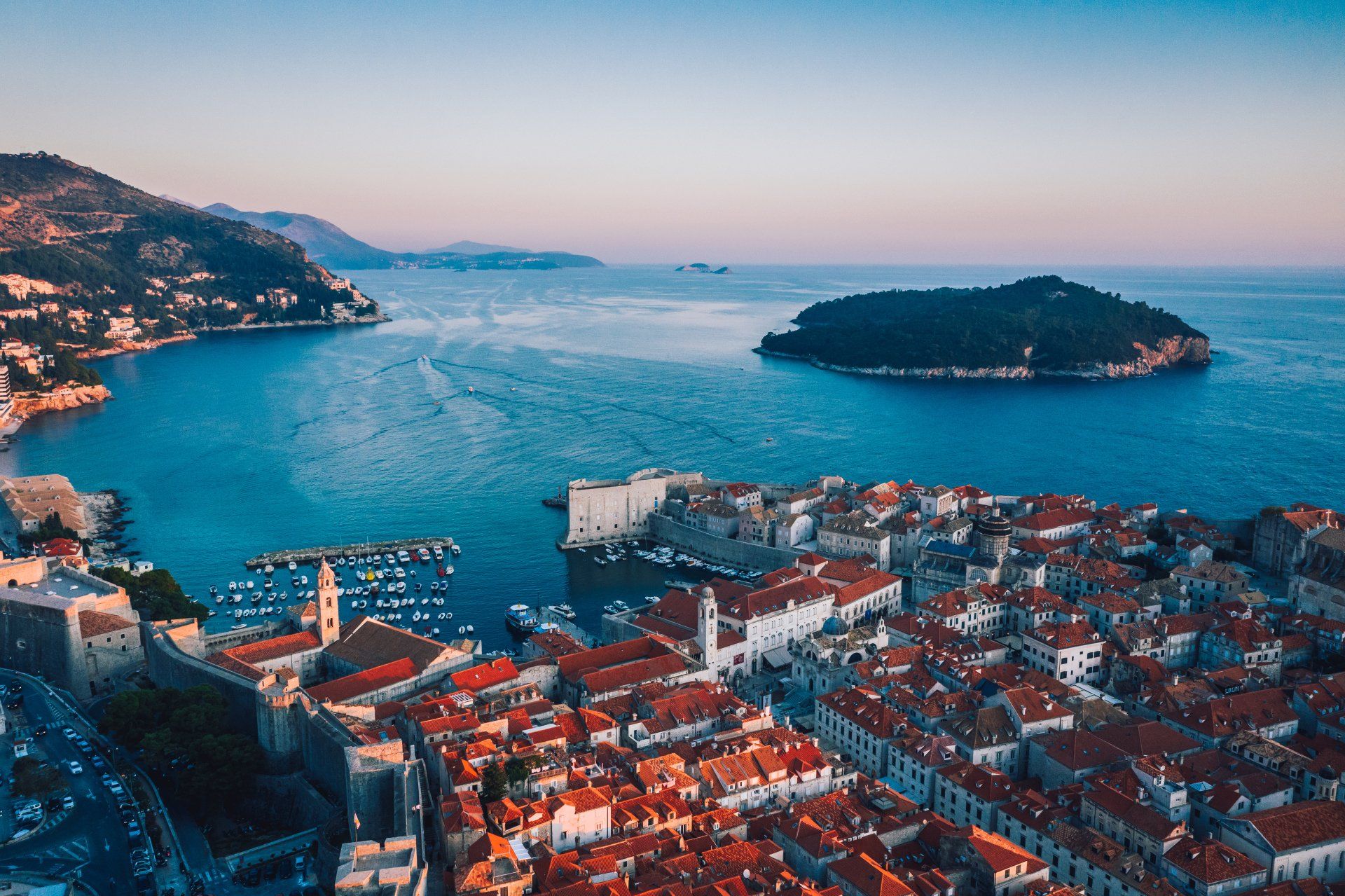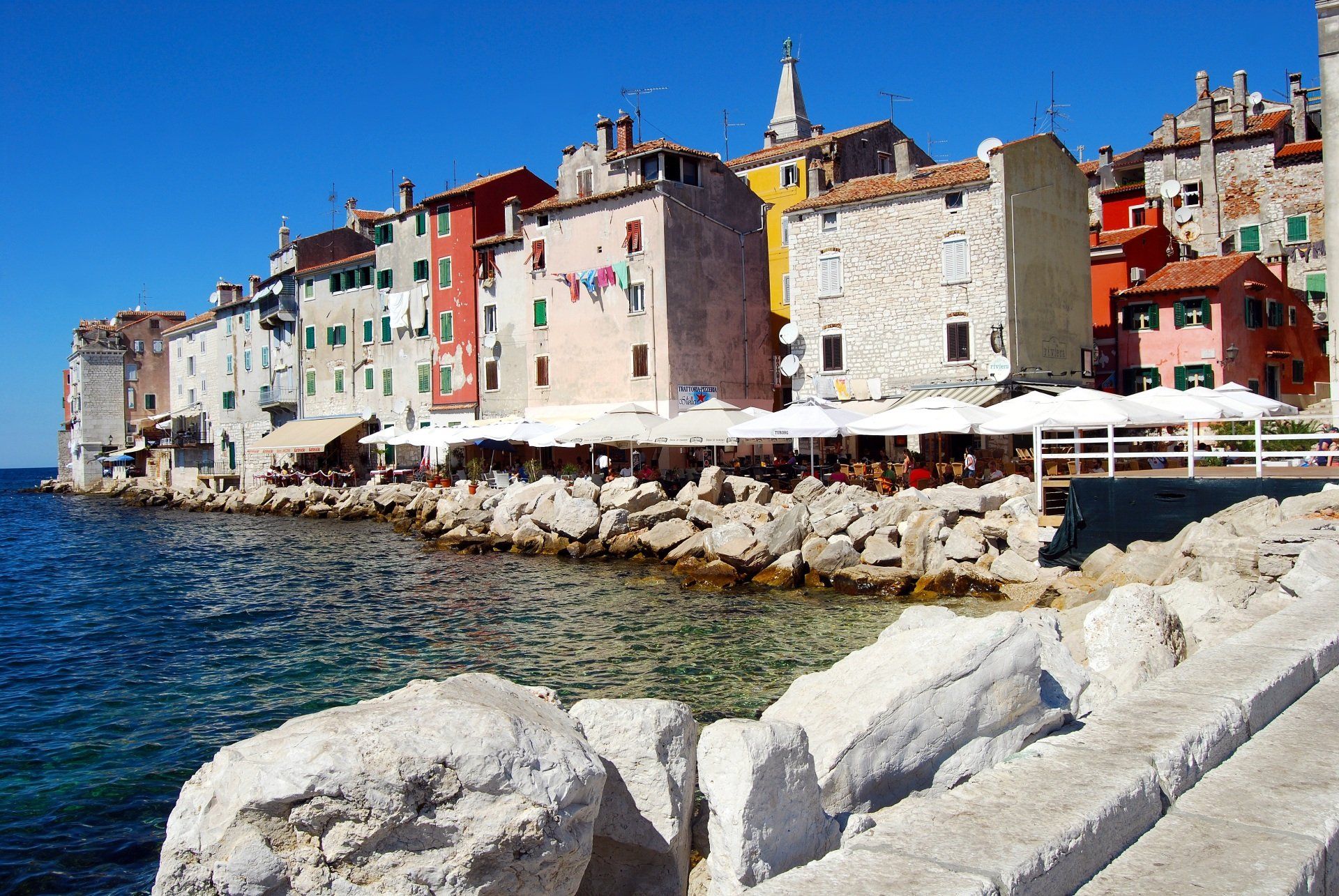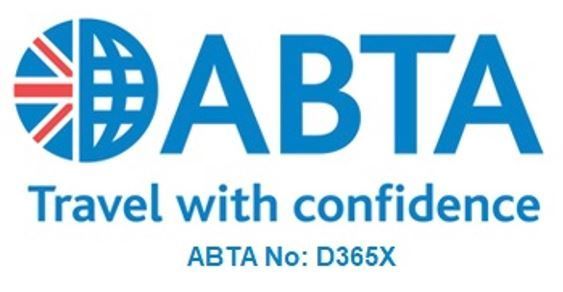
Croatia


Croatia: A Mediterranean Mosaic
Croatia, a country where the glittering waters of the Adriatic touch a land of medieval towns and idyllic islands, beckons with its unique blend of glamour and old-world authenticity. With its dramatic coastline, crystalline lakes, and bustling cities with centuries-old history, Croatia is a destination that captivates the heart with every step. Whether you're exploring the ancient walls of Dubrovnik or sailing the unspoiled islands of the Dalmatian coast, Croatia offers a slice of Mediterranean heaven.
Best Time to Travel
The best time to visit Croatia is in late spring (May and June) and early fall (September and October), when the weather is pleasant, and the crowds are fewer. The summer months (July and August) offer peak sunshine but also peak tourist numbers, with coastal destinations bustling with activity.
Key Places to Visit
Dubrovnik: Known as the 'Pearl of the Adriatic', this city charms with its historic old town, baroque buildings, and the ancient city walls that have withstood the test of time.
Split: The city that grew out of the palace of Emperor Diocletian is now a vibrant hub of culture, with lively bars and restaurants nestled within ancient Roman walls.
Plitvice Lakes National Park: A must-see for nature lovers, the park is a surreal spectacle of 16 terraced lakes, linked by waterfalls, set in deep woodland populated with deer, bears, wolves, boars, and rare bird species.
Hvar: A sun-soaked island known for its lavender fields, old vineyards, and the glitzy nightlife that attracts the global elite.
Zagreb: The capital city, with a youthful vibe, showcases art galleries, hip bars, and a café culture that epitomises European sophistication.
Korčula: Often called “Little Dubrovnik,” this enchanting island is known for its fortified walls and historic town, with cobbled streets arranged in a herringbone pattern for defence and wind protection.
Rovinj: This fishing port is known for its pastel-coloured houses and the hilltop church of St. Euphemia, whose towering steeple dominates the skyline.
Tips for First-time Travellers
Language: Croatian is the official language, though English is widely spoken within the tourism industry.
Currency: The Croatian Kuna (HRK) is the currency, so be prepared to exchange money, though euros are often accepted in tourist areas.
Tipping: It’s customary to tip up to 10% in restaurants and cafes if service charges are not included.
Transport: Croatia has an extensive coast, so travelling by ferry is common. For inland travel, buses are more prevalent than trains and often more reliable.
Safety: Croatia is generally safe for travellers, but normal precautions should be taken to safeguard possessions, especially in busy tourist areas.
Discover Local Cuisine: Croatian food is as diverse as its regions, offering a delightful culinary journey. Don't miss the seafood on the coast and the truffles in Istria.
Respect the Sun: The Croatian sun is strong. Pack sunscreen and a hat, and stay hydrated.
Flying Time from the UK
Direct flights from London to Zagreb, Split, or Dubrovnik take between 2 to 2.5 hours, connecting you to the heart of Croatia’s cultural and natural beauty swiftly.
Capital City & Timezone
Zagreb, the vibrant capital, combines a modern energy with a proud heritage, inviting exploration and discovery. Croatia operates on Central European Time (CET), which is one hour ahead of GMT and moves to GMT+2 during daylight saving time.
Before you go.....
Croatia's allure is undeniable, with a coastline that rivals the French Riviera, a historical tapestry that competes with the greatest cities of Europe, and natural parks that stand shoulder to shoulder with the world's best. Here, every sunset is a masterpiece, every meal is a celebration, and every visit feels like a homecoming. Croatia is not just a destination; it's a discovery, offering a unique adventure to every traveller who steps upon its shores.
Submit your email and have access to all the latest offers and news, sit back and we will get all the latest offers to your inbox.
Contact Us
We will get back to you as soon as possible.
Please try again later.
Thirsk Travel acts as an agent in respect of all bookings made on our website or by telephone. For all bookings, your contract will be with the applicable Service Provider of your chosen Travel Service (who may be the principal or the agent of the principal) and loveholidays acts only as an agent on their behalf, except where we state to the contrary in the terms and conditions.
Some of the flights and flight-inclusive holidays on this website are financially protected by the ATOL scheme. But ATOL protection does not apply to all holiday and travel services listed on this website. This website will provide you with information on the protection that applies in the case of each holiday and travel service offered before you make your booking. If you do not receive an ATOL Certificate then the booking will not be ATOL protected. If you do receive an ATOL Certificate but all the parts of your trip are not listed on it, those parts will not be ATOL protected. Please see our booking conditions for information, or for more information about financial protection and the ATOL Certificate go to: www.caa.co.uk/atol-protection/.
We want you to be safe whilst on holiday. For the latest foreign travel advice visit
www.gov.uk/foreign-travel-advice.
Staff Login
All Rights Reserved | Thirsk Travel
Thirsk Travel Centre, 13 Market Place, Thirsk, North Yorkshire, YO7 1HQ




